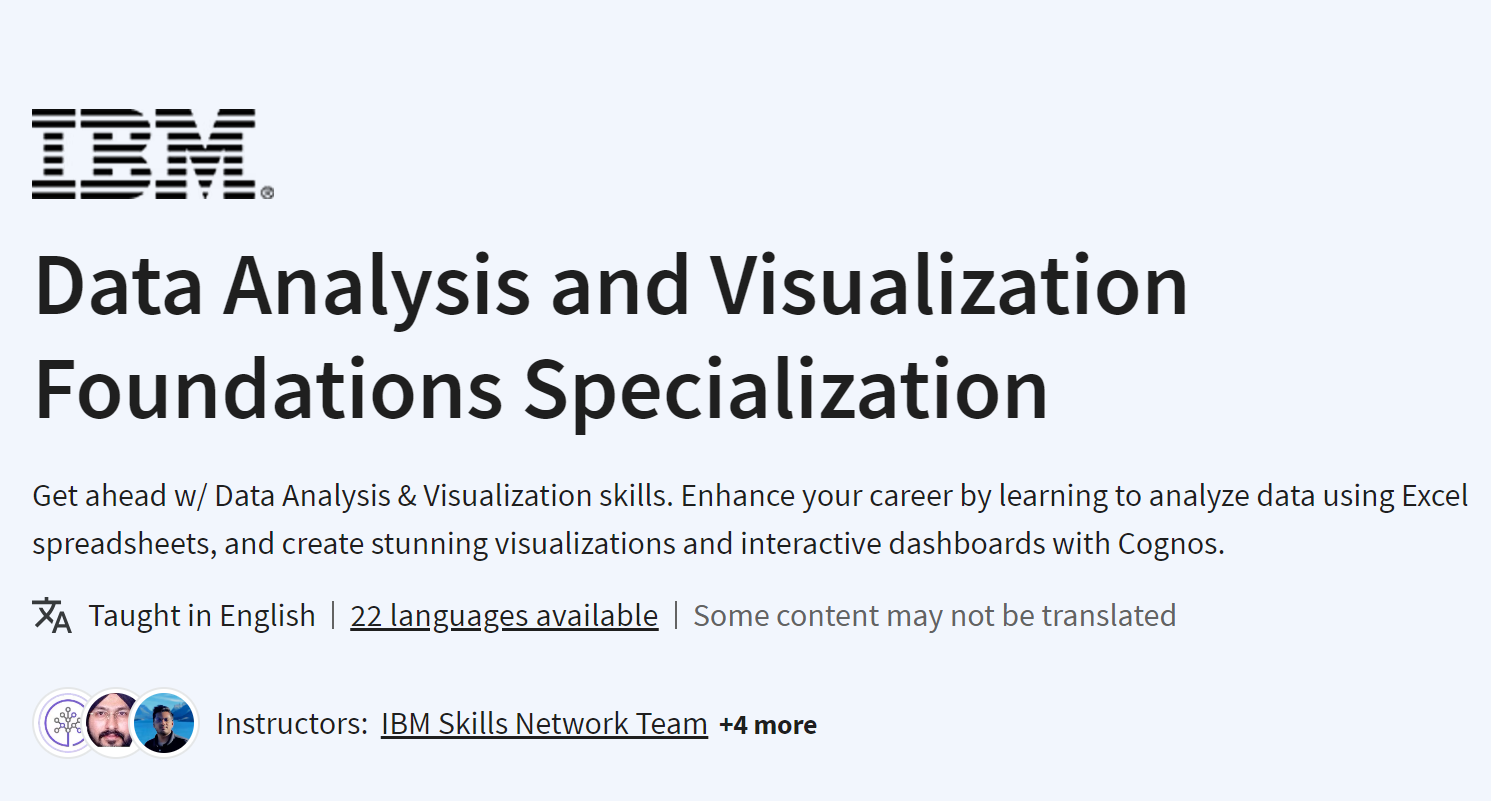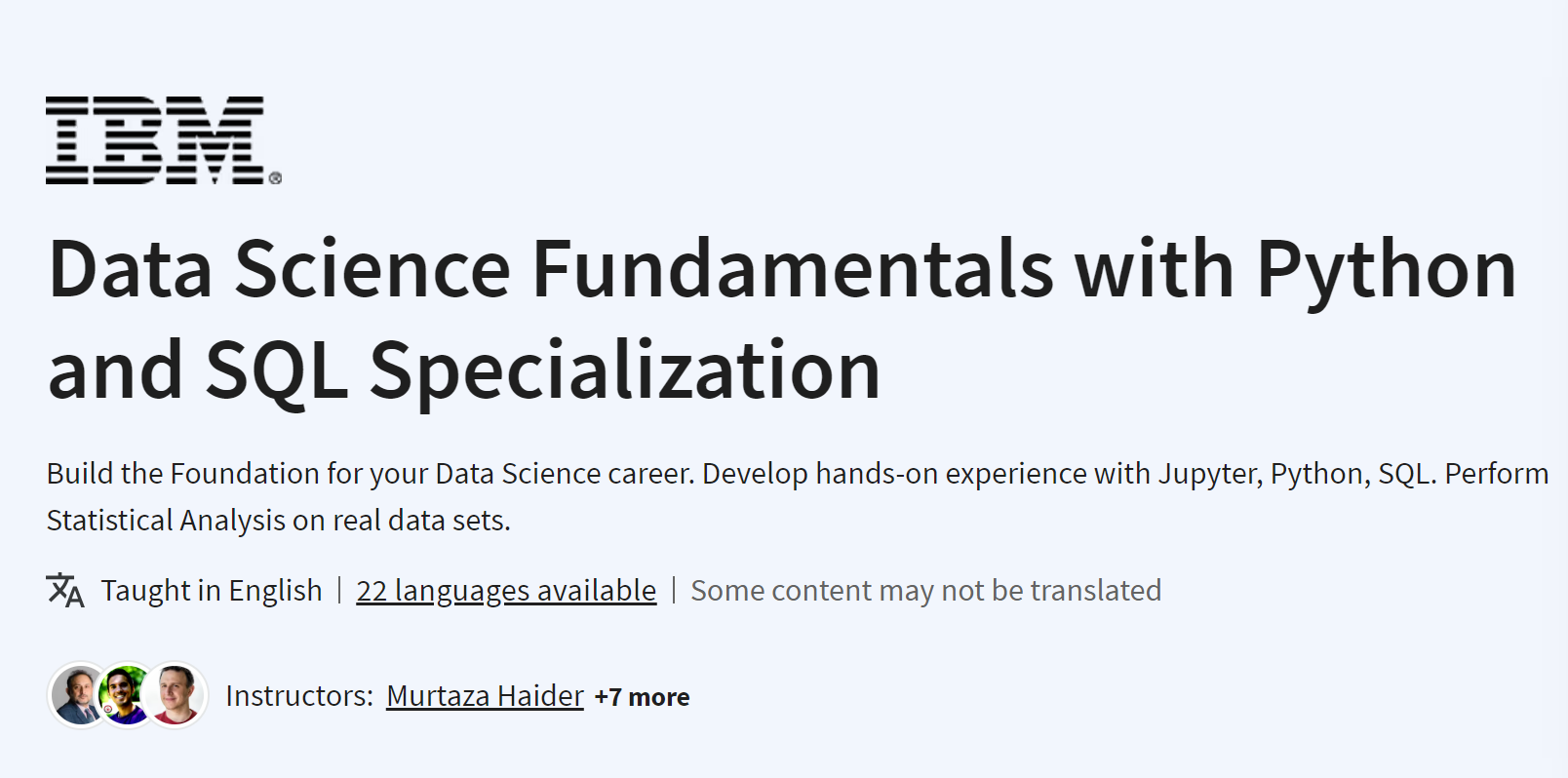Let's break down the given code:
for i in range(1, 3):
print(i, end=' - ')
This code snippet is a for loop in Python. Let's go through it step by step:
for i in range(1, 3)::
This line initiates a loop where i will take on values from 1 to 2 (inclusive). The range() function generates a sequence of numbers starting from the first argument (1 in this case) up to, but not including, the second argument (3 in this case).
So, the loop will iterate with i taking on the values 1 and 2.
print(i, end=' - '):
Within the loop, this line prints the current value of i, followed by a dash (-), without moving to the next line due to the end=' - ' parameter.
So, during each iteration of the loop, it will print the value of i followed by a dash and space.
When you execute this code, it will output:
1 - 2 -
Explanation: The loop runs for each value of i in the range (1, 3), which are 1 and 2. For each value of i, it prints the value followed by a dash and space. So, the output is 1 - 2 - .



















%20apps%20with%20Python,%20ChatGPT%20and%20other%20LLMs.jpg)










.png)



















s.PNG)





.png)










%20in%20Finance).jpg)



